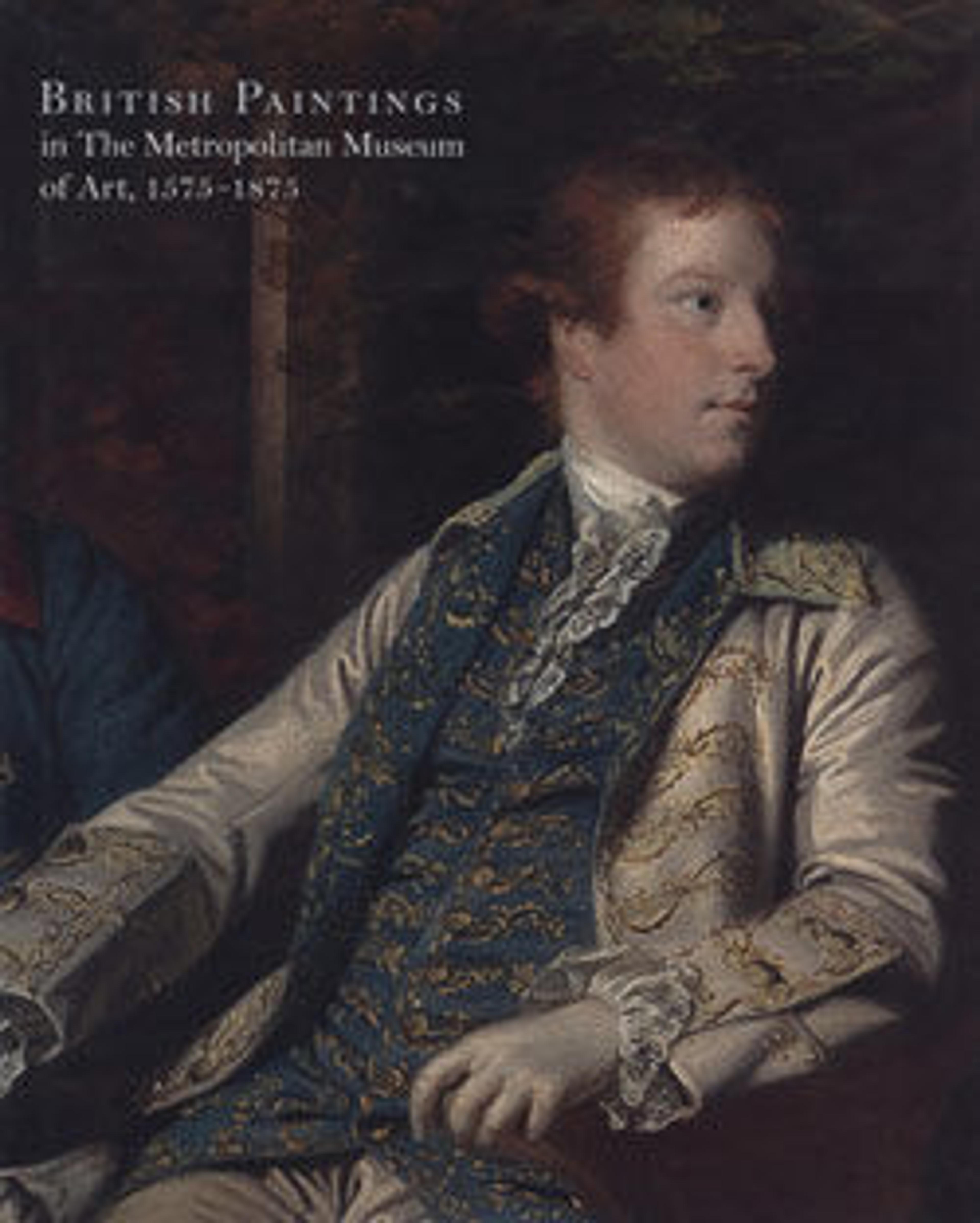Mrs. Richard Alexander Oswald (Louisa Johnston, ?born about 1760, died 1797)
The portrait was painted about a year after the sitter’s marriage in 1793 to Richard Alexander Oswald. In praise of her beauty, the Scottish poet Robert Burns wrote a song, "O, Wat ye Wha’s in Yon Town." The setting sun brilliantly illuminates the sky through a screen of tree trunks and foliage, a device Raeburn favored in the mid-1790s. The subject is shown seated outdoors holding a book, lost in thought.
Artwork Details
- Title:Mrs. Richard Alexander Oswald (Louisa Johnston, ?born about 1760, died 1797)
- Artist:Sir Henry Raeburn (British, Stockbridge, Scotland 1756–1823 Edinburgh, Scotland)
- Date:ca. 1794
- Medium:Oil on canvas
- Dimensions:48 1/2 x 40 7/8 in. (123.2 x 103.8 cm)
- Classification:Paintings
- Credit Line:Gift of Mrs. Paul Moore, 1980
- Object Number:1980.305
- Curatorial Department: European Paintings
More Artwork
Research Resources
The Met provides unparalleled resources for research and welcomes an international community of students and scholars. The Met's Open Access API is where creators and researchers can connect to the The Met collection. Open Access data and public domain images are available for unrestricted commercial and noncommercial use without permission or fee.
To request images under copyright and other restrictions, please use this Image Request form.
Feedback
We continue to research and examine historical and cultural context for objects in The Met collection. If you have comments or questions about this object record, please contact us using the form below. The Museum looks forward to receiving your comments.
